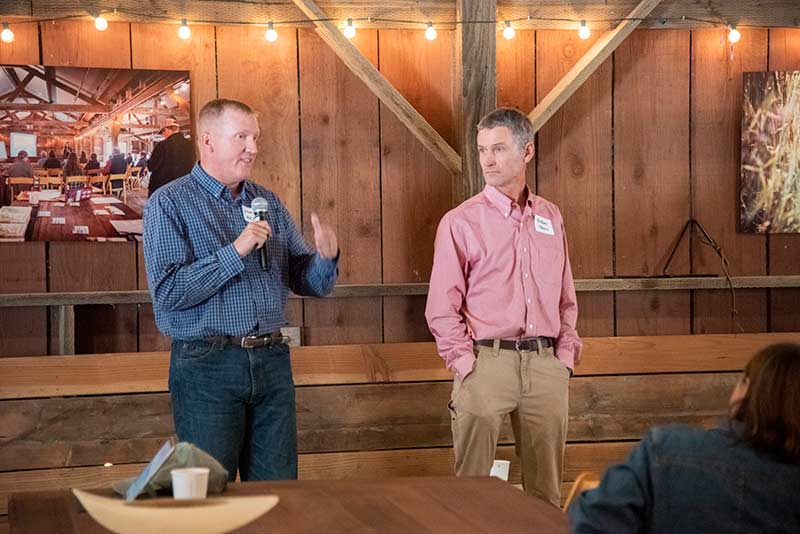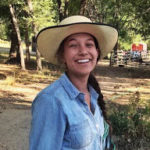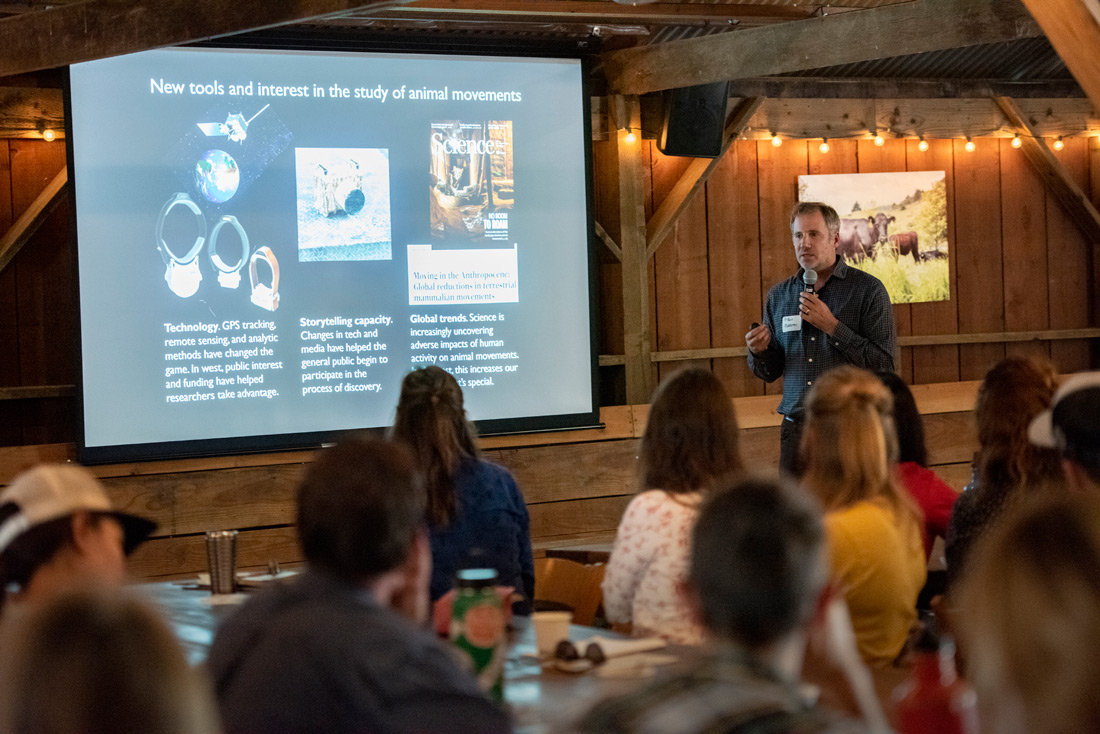Western Landowners Alliance Gathering

By: Marianna Zavala
 Since its beginning, TomKat Ranch has invested in creating networks and partnerships that further the growth and adoption of regenerative agricultural practices. It is through hard work and collaboration with these partners that ideas gain steam and communities are uplifted, demonstrated most recently by a joint gathering between TomKat Ranch and the Western Landowners Alliance.
Since its beginning, TomKat Ranch has invested in creating networks and partnerships that further the growth and adoption of regenerative agricultural practices. It is through hard work and collaboration with these partners that ideas gain steam and communities are uplifted, demonstrated most recently by a joint gathering between TomKat Ranch and the Western Landowners Alliance.
Based out of New Mexico, the Western Landowners Alliance (WLA) advances policies and practices that sustain working lands, as well as the people who manage them. With this goal in mind, much of the gathering was spent discussing public land agreements, outcome-based management plans, the importance of migratory herds, and the key role private lands play in protecting biological diversity, water resources, and wildlife corridors and habitat.
The group was lucky enough to hear a presentation from Dr. Nathan Sayre, a professor at UC Berkeley whose research focuses on the management, politics, and economics of rangelands in the United States. Of the topics he covered, Dr. Sayre noted how variability in rangelands (temperature, rainfall) makes them difficult to manage or govern at a national scale. Management prescriptions by federal agencies, for example, are based on ecological monitoring averages rather than tailored to specific regions. This fact creates challenges for ranchers when the ecosystems and microclimate where they manage require a different approach.

James Rogers, manager of the Winecup Gamble Ranch in Nevada, is working closely with the Bureau of Land Management to pilot an alternative management program to ensure the health of the Nevada rangelands he manages. In doing this work, he hopes to change the narrative for public land grazing permits across the West. “There is more than just ecology at work here,” said Rogers, “We need to figure out the metrics of social health, economic health, and ecological health. If we can define that as people on the land, we can create the infrastructure to protect those things.”
The last presenter was Dr. Arthur Middleton, professor at UC Berkeley, who talked about the effects environmental change is having on wide-ranging migratory wildlife species. The room held its breath watching clips of elk herds traversing mountain tops and rivers, and braving roadways and fences that interrupt their migration. Marissa Taylor, of Lonetree Ranch in Wyoming, spoke about the responsibility she feels as a land manager to protect these natural systems and inspire other land managers to do the same. Taylor and Middleton are working with landowners and agencies in their regions to develop solutions to human-wildlife conflicts for ranchers, public agencies, and interested stakeholders.
Participants were left with several key takeaways: 1) Communication and a sense of community, even across hundreds of miles and thousands of acres, is necessary to address the challenges facing today’s ranchers. 2) Many landowners are implementing progressive stewardship practices on their land but the success of these practices needs to be shared across social, political, and economic spheres. 3) The hard work ranchers put into caring for their land provides a wide range of benefits to the lands, water, air and ecosystems in this nation that we all need to thrive.